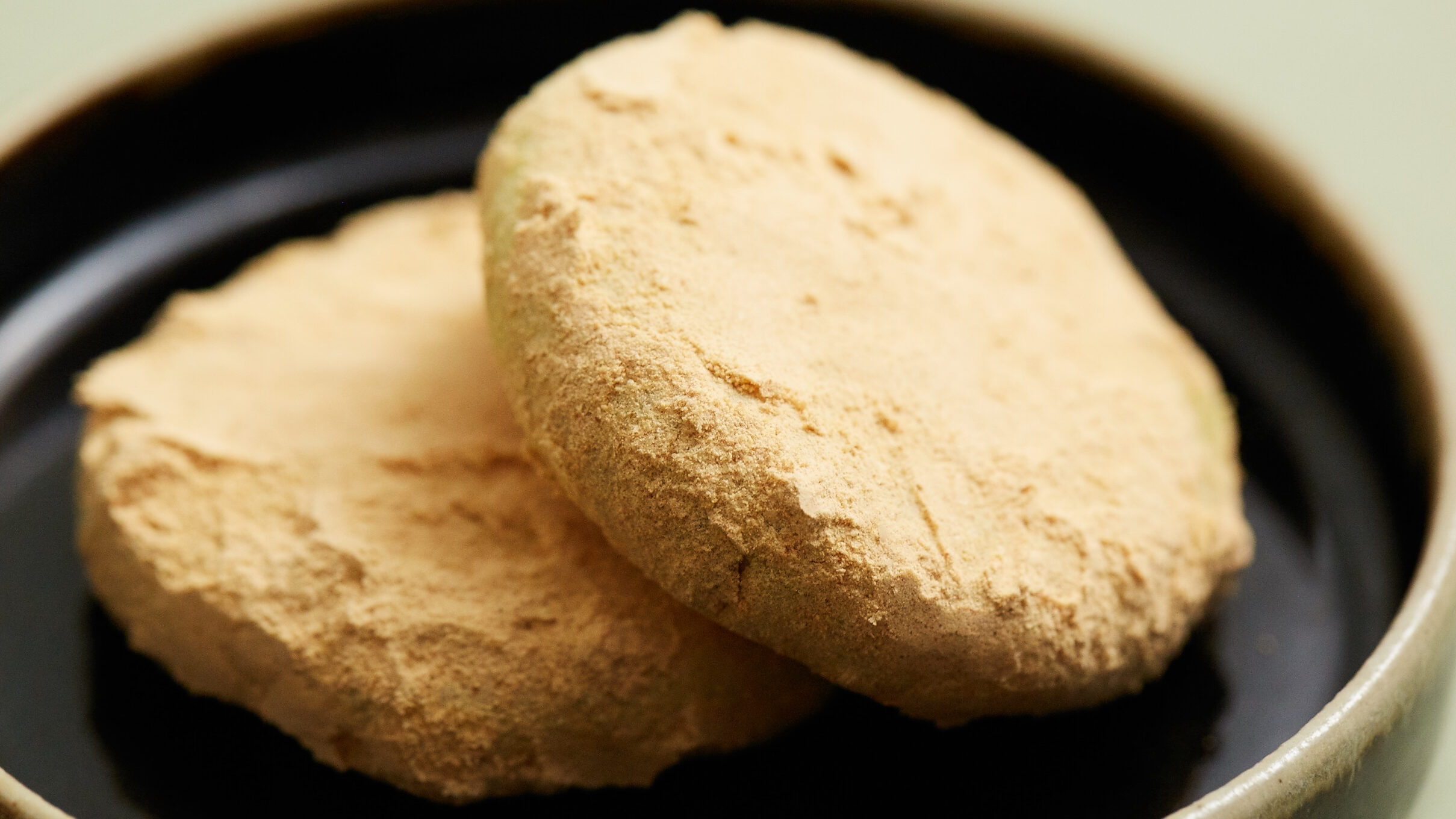
Hey there! Ever heard of a sweet little snack called *sorakita mochi*? It comes from Himeshima Island in Oita Prefecture, and it’s a simple yet delightful treat made with sweet potatoes and wheat flour. Oita has a history of enjoying wheat-based foods because, in some areas, it wasn’t ideal for growing rice. Himeshima, being an island surrounded by the sea, also relied on wheat flour and sweet potatoes. *Sorakita mochi* was a handy and quick snack to whip up, especially for unexpected guests or as a treat for the kids. The name itself is pretty fun – it’s said to come from how quickly you could make it, almost like saying “Surprise, here it is!”
Dish Name: Sorakita Mochi
- Region / Location: Oita Prefecture
- Primary Area of Tradition: Himeshima Village
- Main Ingredients: Sweet potatoes, strong wheat flour.
How It’s Eaten / Served
To make *sorakita mochi*, soft boiled sweet potatoes are mashed. Half of the mashed sweet potato is mixed with strong wheat flour and heated, then kneaded to form the outer skin. The other half of the mashed sweet potato is mixed with sugar to make the sweet filling. The filling is then wrapped in the sweet potato skin. Finally, these little bundles are coated in kinako (roasted soybean flour) before eating. Because it doesn’t require steaming, it’s a pretty quick treat to prepare.
Cultural Background and Preservation
Oita Prefecture has a rich history of enjoying wheat-based sweets and dishes like *yaseuma*, *jiri-yaki*, and *yude mochi*. This is due to the region’s long-standing flour-based food culture, which developed because many areas weren’t well-suited for rice cultivation. As irrigation systems improved, wheat farming flourished, leading to its incorporation into local cuisine. *Sorakita mochi* has been a beloved local treat on Himeshima Island, located off the coast of Kunisaki City, for generations. Himeshima is even mentioned in the ancient Kojiki as the female island born from the deities Izanagi and Izanami during the creation of Japan. Surrounded by the bountiful fishing grounds of the Suo Nada Sea, where delicacies like sea bream, octopus, kuruma shrimp, and sea bass are caught, Himeshima’s environment favored the cultivation of wheat flour and sweet potatoes over rice. *Sorakita mochi* became a convenient and affordable snack made from these readily available ingredients. The name “sorakita mochi” is said to come from how quickly it could be made – so quickly that you could exclaim “*sorakita!*” (here it is!). In the past, most households on the island kept boiled sweet potatoes on hand, making it even easier to prepare in a flash. While it’s not made as frequently at home these days, efforts are being made to pass down the recipe to younger generations through cooking classes in schools.
Additional information:
- Strong Wheat Flour (Kyoryok粉): A type of wheat flour with a high gluten content, which gives dough elasticity and a chewy texture.
- Kinako: Roasted soybean flour, which has a nutty and slightly sweet flavor. It’s often used as a coating for Japanese sweets.
- Kojiki: An early Japanese chronicle of myths, legends, songs, genealogies, oral traditions, and semi-historical accounts down to 641.
- Izanagi and Izanami: A pair of kami (divine beings) in Japanese mythology who are credited with the creation of the Japanese archipelago and many other kami.
The information about regional cuisine featured on this website (Piggy's Grandma of Japan) is summarized and adapted from the Ministry of Agriculture, Forestry and Fisheries of Japan (MAFF) website, "Our Regional Cuisines"Additional commentary is provided based on the unique experiences and perspectives of the site's editors.
The copyright for the original content regarding regional cuisine belongs to the Ministry of Agriculture, Forestry and Fisheries of Japan.
The summaries and adaptations published on this site are intended for informational purposes only. Piggy's Grandma of Japan does not guarantee the accuracy or completeness of this information. For the most accurate and complete details, please refer to the original pages on the MAFF website.

